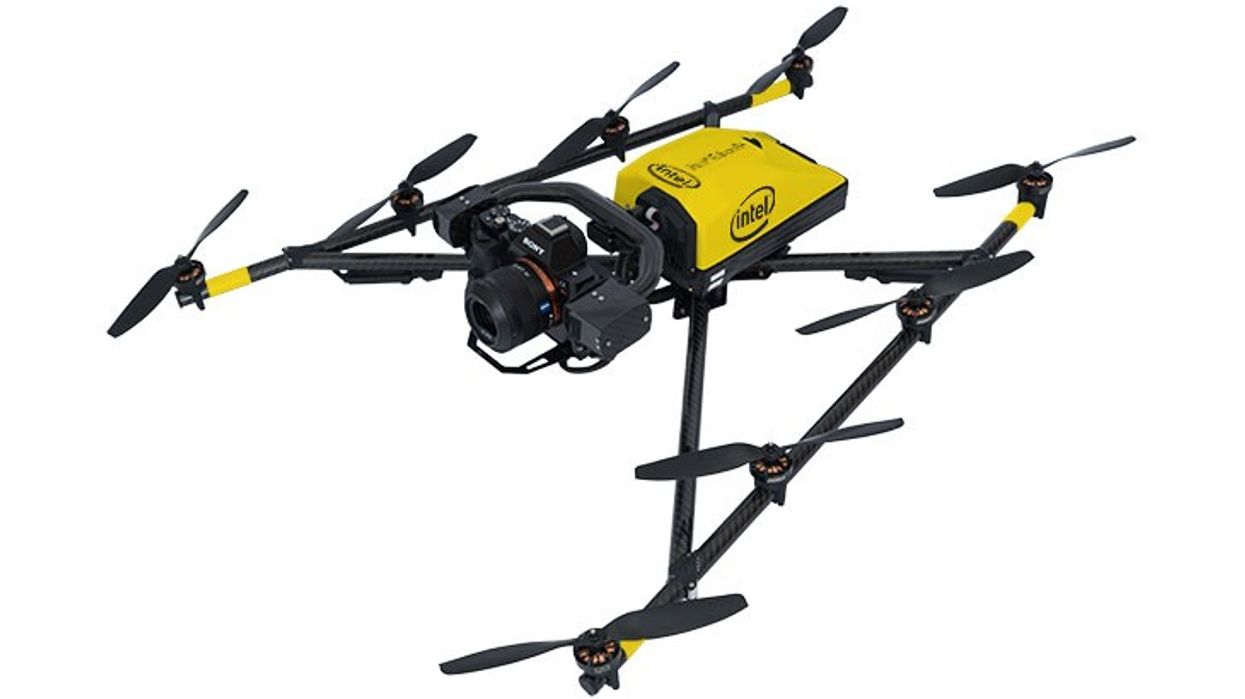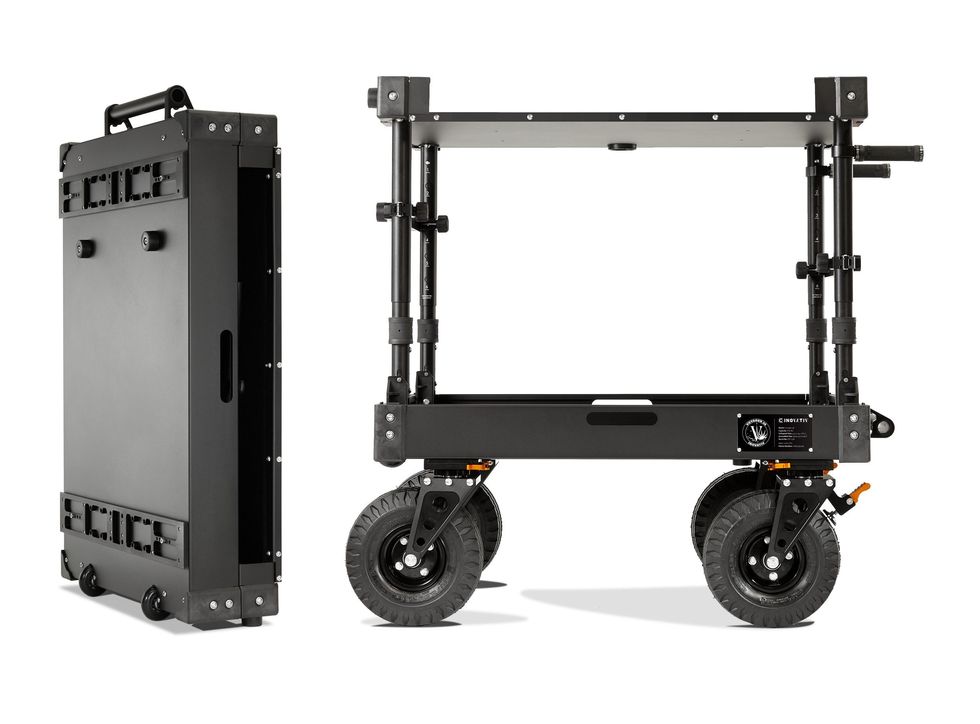Intel Takes to the Rough Skies with the Falcon 8+
Venerable computer chip manufacturer Intel works with Ascending Technologies to create the Intel Falcon 8+ drone.

As the recent releases of the DJI Mavic and the GoPro Karma have proven, we're still in a period of intense innovation in drone design. While the overall form factor is still an area of intense competition, the processor driving the drone is also an area of heavy development. Intel, long a dominant player in the world of computer processor design and manufacture, has just released its first Intel-branded drone into the world, the Intel Falcon 8+. Although the unit is heavily industrial-focused, filmmakers should take note because developments on the high end of the drone market trickle down very quickly to consumer drones. Further, on more complicated productions dealing with heavier cameras, inclement weather, or complicated moves, industrial class drones are a great tool, even if their cost keeps them in the rental arena and not the purchase arena.

The Falcon 8+ is built on the Falcon 8 platform, which has been manufactured by Ascending Technologies (a German autopilot company purchased by Intel earlier this year) since 2009. What Intel brings to the table is purpose-specific processing board design and creation, which allows more powerful drone features such as triple redundant flight control, a redundant battery system with longer battery life, 2D and 3D automated flight paths, and millimeter-accuracy ground sample distance. The drone and its controller use Intel PowerPack batteries which feature load balancing and a storage mode, and are airline safe.
Unlike with a consumer drone, the unit doesn't come with a camera built in, but if you were to put a high quality camera in the payload, this drone would allow for more sophisticated camera moves—even in hazardous circumstances, such as excessive wind—than are typical for a consumer grade drone.
The Falcon 8+ launch coincides with the launch of Intel Cockpit, a water-resistant drone remote control panel designed for work in harsh outdoor environments. Low latency 1080p video and a single-handed flight control joystick allow for subtle moves, and the rugged design should fit well with the rigors of production.

Intel is also building a good track record of extending the capabilities of other manufacturers' drones by opening up its technology to work with existing hardware. Earlier in the year, Intel offered a RealSense accessory module for the Yuneec Typoon H, to extend the capability of the drone with additional obstacle avoidance features. RealSense works by building a 3D model of the world that the drone is navigating, and is capable of remembering obstacles so that you can avoid them while navigating a consistent space.
In addition to working with existing manufacturers, Intel is also creating their own hardware, focused more on the DIY equipment universe. The Intel Aero platform, for example, is a small drone designed to be customized, and while it isn't available yet, Intel is already shipping the processor board and vision system for custom builds. The DIY universe and the filmmaker universe have a lot of overlap, and we're excited to see customized solutions that will likely offer interesting and cost-effective tools that take advantage of these components.

For more, check out the Intel Drone site.




















